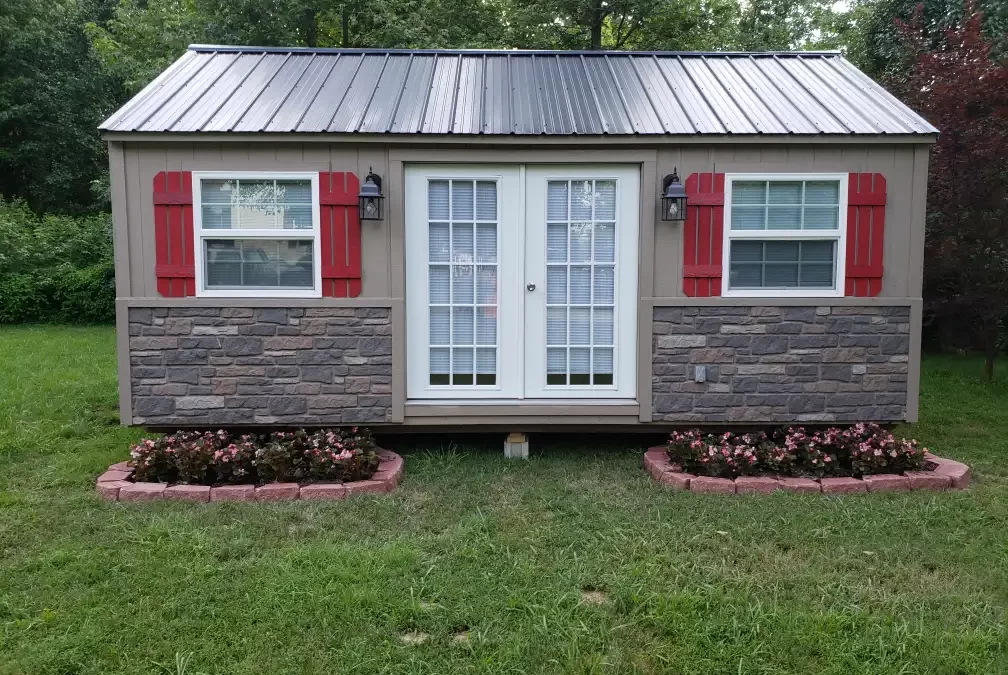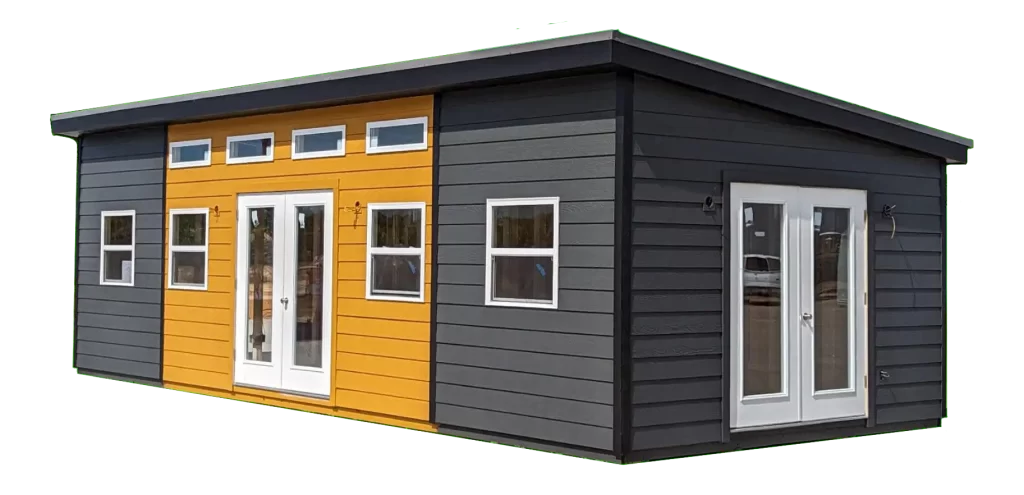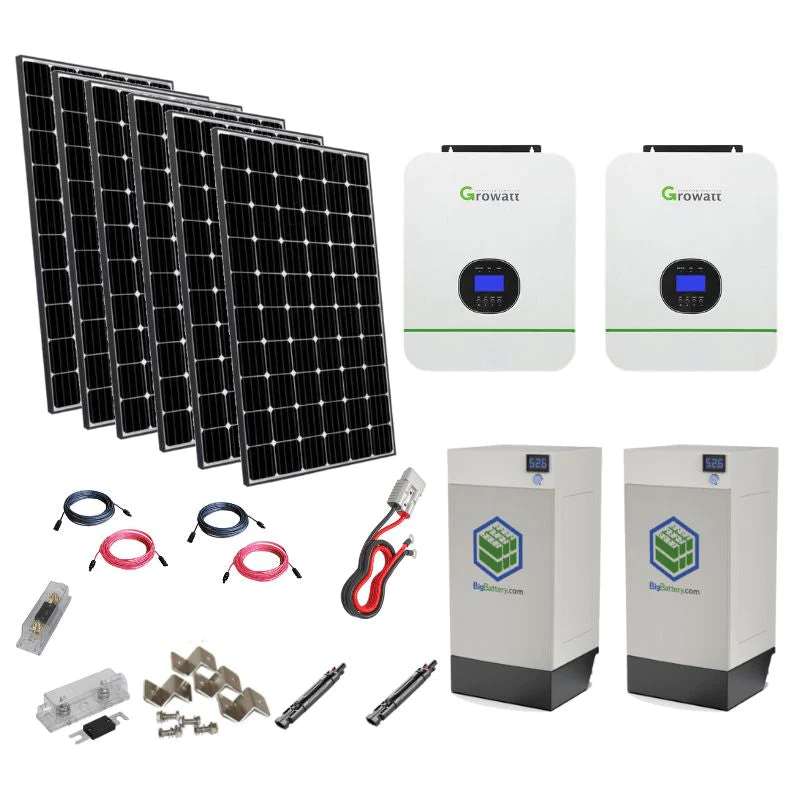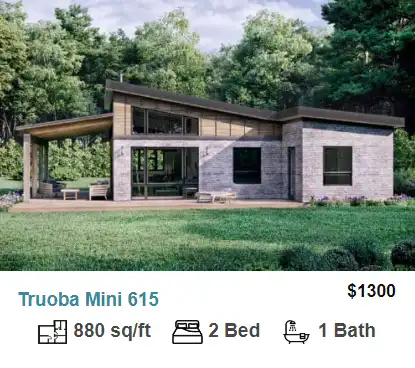Tiny Homes not Nursing Homes: A Guide to Accessory Dwelling Units
Your parent’s first choice is usually and understandably to stay at home This is the place that is familiar, where memories have been made. They have no doubt grown comfortable with the familiar surroundings and neighbors. However, it may no longer be in their best interest to be alone and too far from help. Common challenges that make independent living a challenge for the elderly are:
- Repeated falls
- A loss of memory
- A health condition that requires special care
- The inability to prepare meals
- Difficulty preparing meals
- Challenges with personal hygiene
- A long list of medications that must be taken every day
The urge to let elderly parents remain in their own homes needs to be carefully balanced with the real dangers of doing so. One serious fall or overmedication event for a parent can lead to a lifetime of regret for well meaning adult children. But, what are the options? What if you don’t have room to take them into your home? What if they refuse to “be a burden to you”?
It is a painful thought for many, especially in a post-pandemic world, to turn over care of a parent who cared for us to strangers in a facility, but many of us are not equipped to move an aging parent into our homes for one reason or another.
The Drawbacks of Assisted Living Facilities
Those who do opt to turn their parent’s care over to an assisted living facility often see an immediate decline. The sudden lack of familiar surroundings can be a traumatic experience for some aging parents. Assisted living facilities are often short on staff. As a result, your elderly parent will likely not receive the care or attention that you personally would like to see provided.
Assisted living facilities can be extremely expensive. State-run facilities may be the least costly alternative. However, you will sacrifice the level of care and comfort your loved one receives. If you choose a private facility, you will probably end up signing over your aging parent’s home and assets to provide for his or her care. Worst of all, you can’t buy happiness. You may find a way to pay an exorbitant price for your aging parent only to see the person you love filled with despair.
The following chart breaks down the cost of assisted living by state:
|
State |
Daily cost |
Monthly cost |
Yearly cost |
|
Alabama |
$148 |
$3,503 |
$42,030 |
|
Alaska |
$225 |
$6,830 |
$81,960 |
|
Arizona |
$132 |
$4,000 |
$48,000 |
|
Arkansas |
$124 |
$3,760 |
$45,120 |
|
California |
$173 |
$5,250 |
$63,000 |
|
Colorado |
$156 |
$4,750 |
$57,000 |
|
Connecticut |
$169 |
$5,129 |
$61,551 |
|
Delaware |
$197 |
$5,995 |
$71,940 |
|
District of Columbia |
$229 |
$6,978 |
$83,730 |
|
Florida |
$132 |
$4,000 |
$48,000 |
|
Georgia |
$116 |
$3,535 |
$42,420 |
|
Hawaii |
$177 |
$5,375 |
$64,500 |
|
Idaho |
$126 |
$3,838 |
$46,050 |
|
Illinois |
$148 |
$4,488 |
$53,850 |
|
Indiana |
$141 |
$4,283 |
$51,390 |
|
Iowa |
$144 |
$4,367 |
$52,404 |
|
Kansas |
$151 |
$4,580 |
$54,960 |
|
Kentucky |
$113 |
$3,448 |
$41,370 |
|
Louisiana |
$123 |
$3,748 |
$44,979 |
|
Maine |
$193 |
$5,865 |
$70,380 |
|
Maryland |
$161 |
$4,900 |
$58,800 |
|
Massachusetts |
$214 |
$6,500 |
$78,000 |
|
Michigan |
$140 |
$4,250 |
$51,000 |
|
Minnesota |
$148 |
$4,508 |
$54,090 |
|
Mississippi |
$115 |
$3,500 |
$42,000 |
|
Missouri |
$99 |
$3,000 |
$36,000 |
|
Montana |
$146 |
$4,450 |
$53,400 |
|
Nebraska |
$134 |
$4,076 |
$48,915 |
|
Nevada |
$123 |
$3,750 |
$45,000 |
|
New Hampshire |
$199 |
$6,053 |
$72,630 |
|
New Jersey |
$214 |
$6,495 |
$77,940 |
|
New Mexico |
$148 |
$4,498 |
$53,970 |
|
New York |
$151 |
$4,580 |
$54,960 |
|
North Carolina |
$132 |
$4,010 |
$48,120 |
|
North Dakota |
$111 |
$3,391 |
$40,695 |
|
Ohio |
$152 |
$4,635 |
$55,620 |
|
Oklahoma |
$127 |
$3,855 |
$46,260 |
|
Oregon |
$166 |
$5,045 |
$60,540 |
|
Pennsylvania |
$135 |
$4,100 |
$49,200 |
|
Rhode Island |
$224 |
$6,826 |
$81,915 |
|
South Carolina |
$119 |
$3,612 |
$43,338 |
|
South Dakota |
$110 |
$3,350 |
$40,200 |
|
Tennessee |
$135 |
$4,105 |
$49,260 |
|
Texas |
$131 |
$3,998 |
$47,970 |
|
Utah |
$115 |
$3,500 |
$42,000 |
|
Vermont |
$173 |
$5,250 |
$63,000 |
|
Virginia |
$173 |
$5,250 |
$63,000 |
|
Washington |
$197 |
$6,000 |
$72,000 |
|
West Virginia |
$137 |
$4,160 |
$49,920 |
|
Wisconsin |
$151 |
$4,600 |
$55,200 |
|
Wyoming |
$137 |
$4,169 |
$50,025 |
Source: Genworth’s Cost of Care Survey Data from the National Senior Living Cost Index
Consider an Assisted Living Alternative that Makes Everyone Happy
Before you hire full-time health aides or send your parent away to an assisted living facility far from home, you have another option that is growing in popularity: a tiny home. Depending on where you live in the country, a small home in your backyard may be legally referred to as an Accessory Dwelling Unit (ADU), an Accessory Building, or a Dependent Parent Dwelling.
People are getting extremely creative when it comes to creating alternative living accommodations for their aging parents. A small dwelling of 900 sq ft or less is often sufficient to provide bed, bath, kitchen and living areas all independent of your main dwelling. This allows for your parent to continue being as independent as possible, but with the safeguard of having family just across the yard should an emergency arise.
Accessory Dwelling Units can be outfitted with a variety of features to increase the quality of life of your loved one. Amenities designed for mobility challenges such as Hoyer lifts, wider doors, grab bars, and even toilet seats that record weight are commonly installed to make life easier as mobility deteriorates.
For those with aesthetic concerns including HOA restrictions, there is great news. Both site-built and modular ADUs can be customized to match the aesthetic of your main dwelling. ADU’s range in appearance from log cabins, to cottages, to modern architectural masterpieces.
Cost of an ADU
A turnkey Accessory Dwelling Unit typically costs between $50k – $100k. Costs vary dramatically depending on the size of the ADU and the materials used in construction, not to mention the price of local contractors if you opt to build on site.
For a full breakdown of costs and how to buy a small dwelling check our in-depth article – “ Tiny Homes: What are they? How much do they cost? Where can I get one?”.
Go forth with your knowledge and dare to live tiny!




